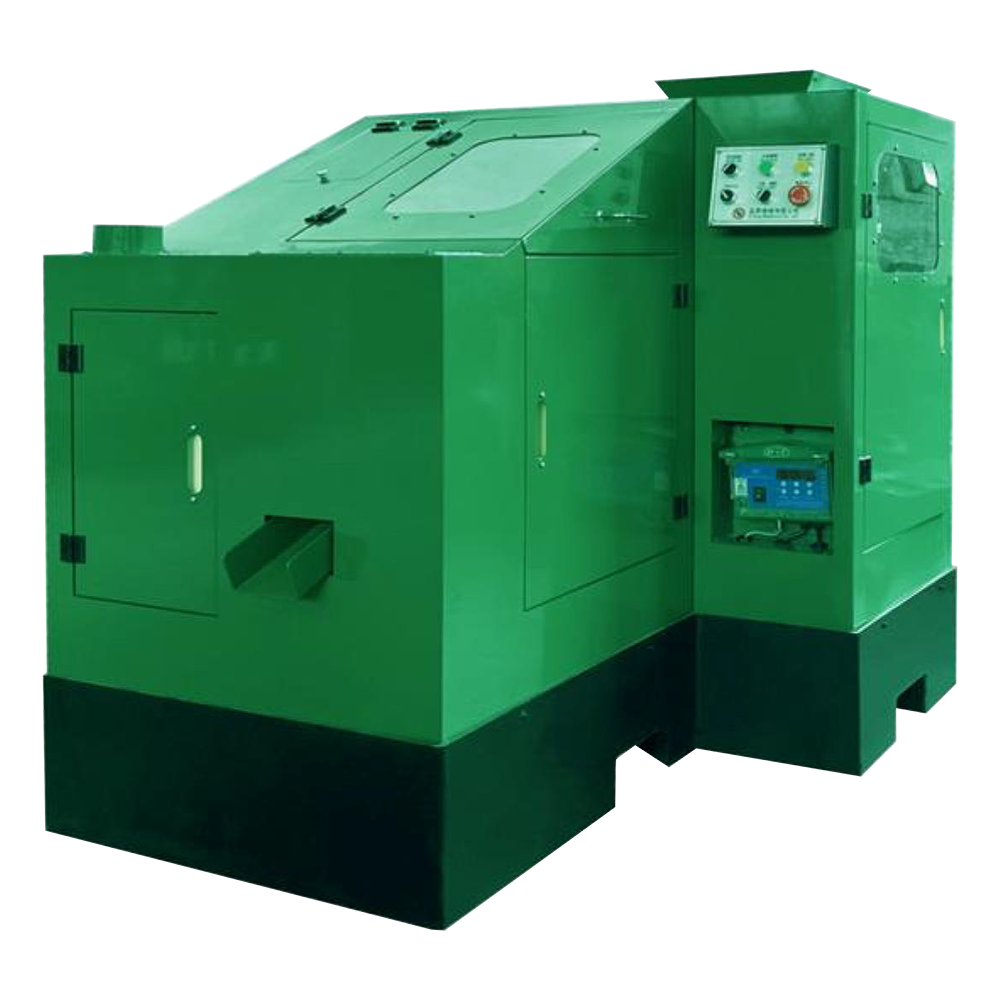High Speed Thread Rolling Machine is designed for fast and accurate thread forming on bolts, screws, and studs. Using cold rolling technology, it plastically deforms the material surface without cutting, creating strong, smooth threads. Its high-speed operation, combined with automated feeding and rolling, significantly enhances production capacity while maintaining consistent thread quality. This machine is widely used in automotive, electronics, and general manufacturing industries requiring efficient and reliable thread production.
| Model | YTB-05/40 |
| Blank Diameter(mm) | 3-5 |
| Thread Length(mm) | 35 |
| Moving Dies Stationary Length(mm) | 90*75*25 |
| Main Motor(HP) | 3HP-1/8HP |
| Capacity PCS/MIN | 200-280 |
| Overall Dimenslon L*W*H(mm) | 1600*1100*1400 |
| Weight Approx(kg) | 1300 |

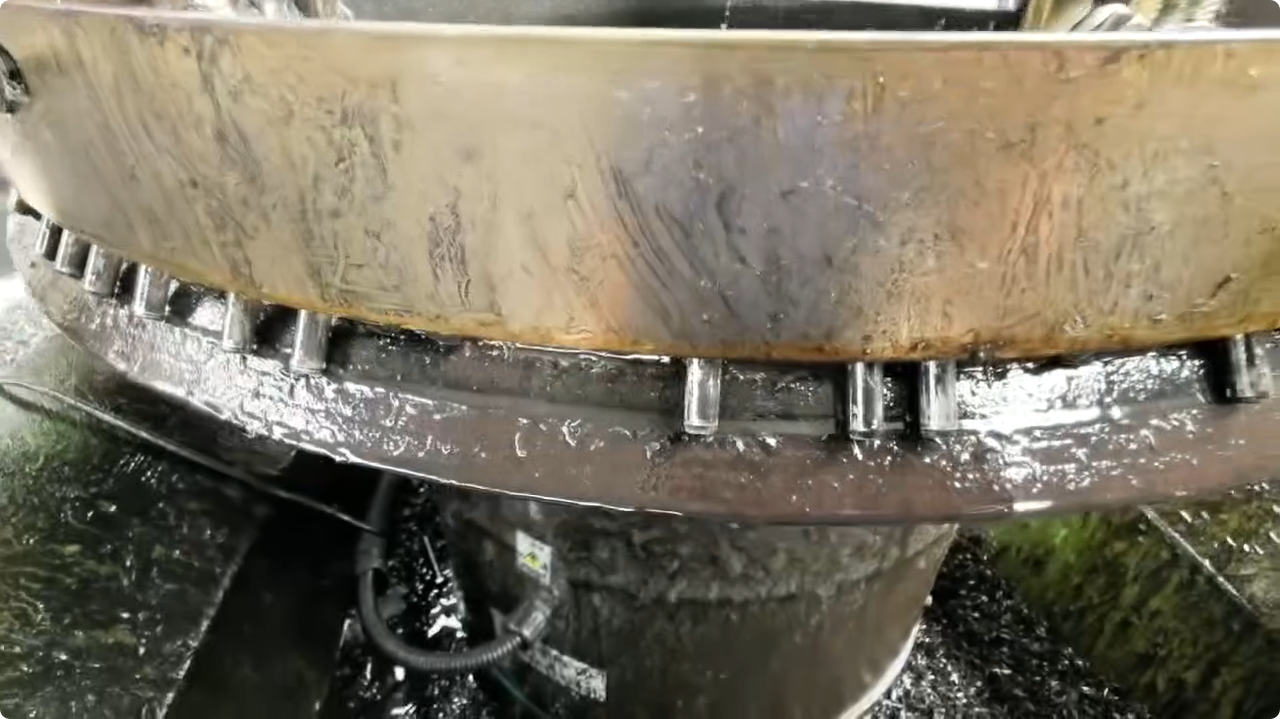
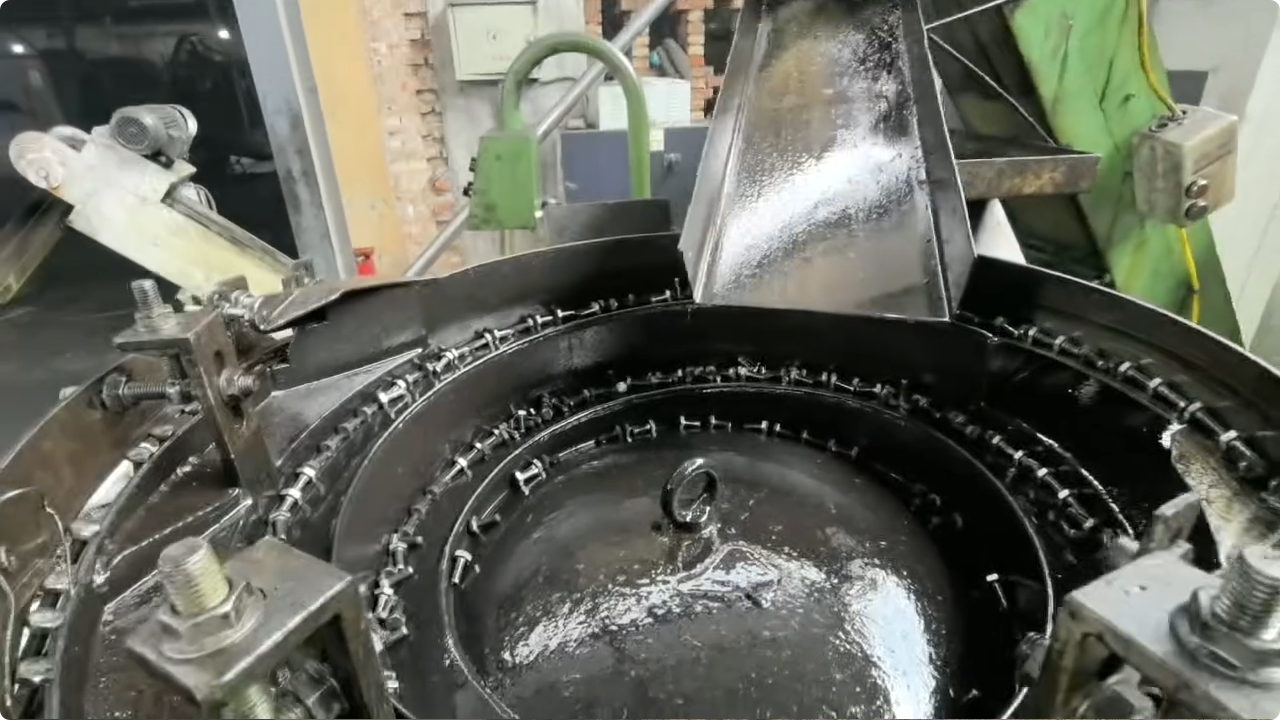
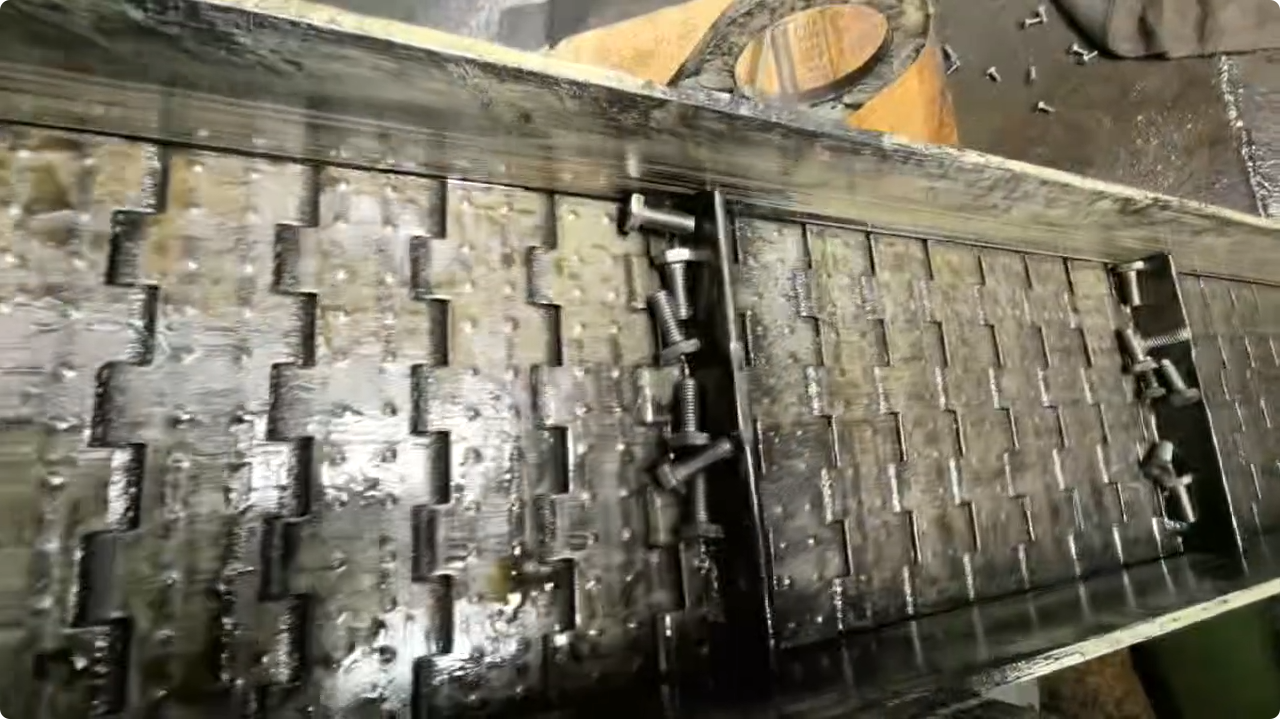
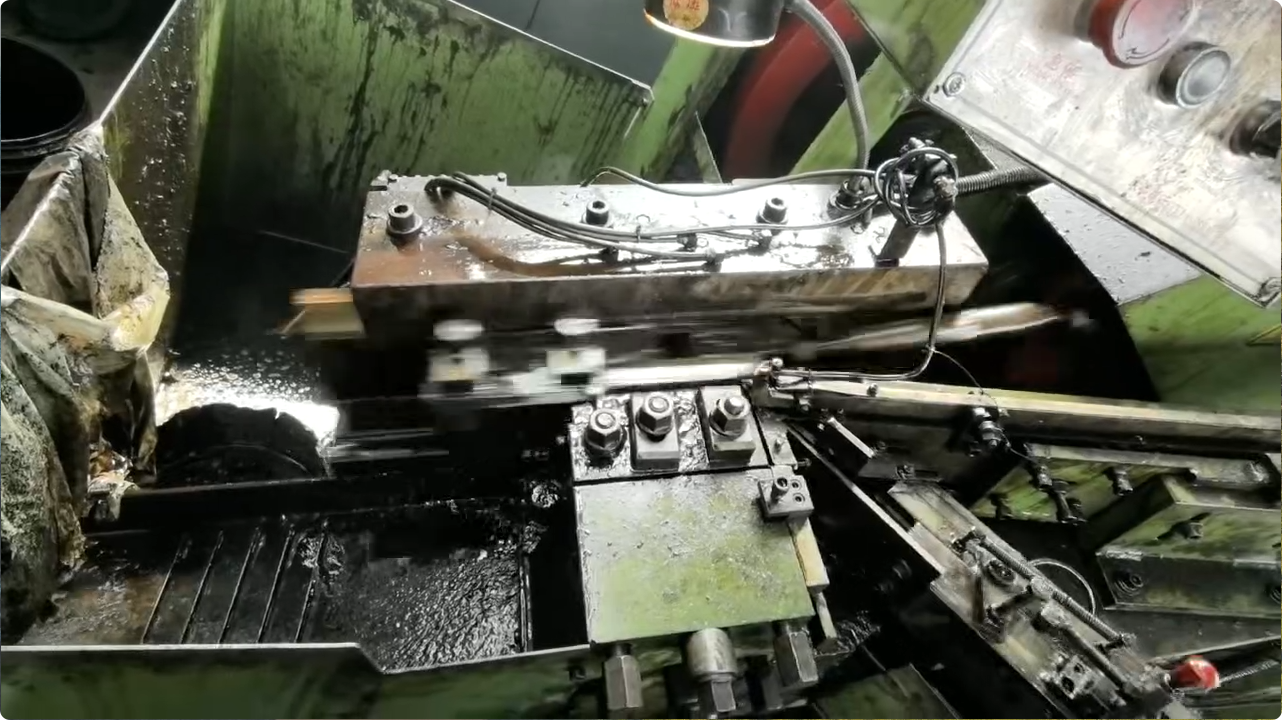

One of the most significant advantages of high speed thread rolling is its ability to produce threads at remarkable speed compared with conventional cutting methods. The shorter cycle times mean that more components can be processed per shift, reducing reliance on manual intervention and lowering overall labor costs. For businesses facing high-volume orders, this efficiency translates into substantial savings.
Conventional threading often removes material in the cutting process, resulting in waste that must be discarded or recycled. Thread rolling, however, displaces the material instead of cutting it away, which conserves raw materials. Over large production runs, this difference in material efficiency can lead to considerable cost reductions while also contributing to sustainability goals.
Rework and rejected parts are hidden costs that quietly erode profitability. High speed thread rolling produces stronger, more precise threads with excellent repeatability, significantly lowering the risk of defects. By reducing quality variations, manufacturers save not only on wasted materials but also on the labor and time spent correcting errors.
High speed thread rolling machines are engineered for efficiency. Less cutting, less vibration, and optimized energy usage reduce the wear on machine components and cutting tools, which in turn decreases maintenance costs. This long-term reliability provides another layer of savings that many manufacturers overlook.
While high speed thread rolling machines require an initial investment, the long-term cost benefits are clear. Lower labor requirements, reduced raw material waste, minimized downtime, and greater product reliability combine to create a strong return on investment. For businesses looking to stay competitive, upgrading to high speed thread rolling is not just an operational improvement — it is a financial strategy.
Reducing production costs no longer has to mean compromising on quality. High Speed Thread Rolling Machines allow manufacturers to increase throughput, save on labor, conserve materials, and achieve consistent product excellence. For companies seeking both efficiency and long-term value, this technology is a path worth considering.
